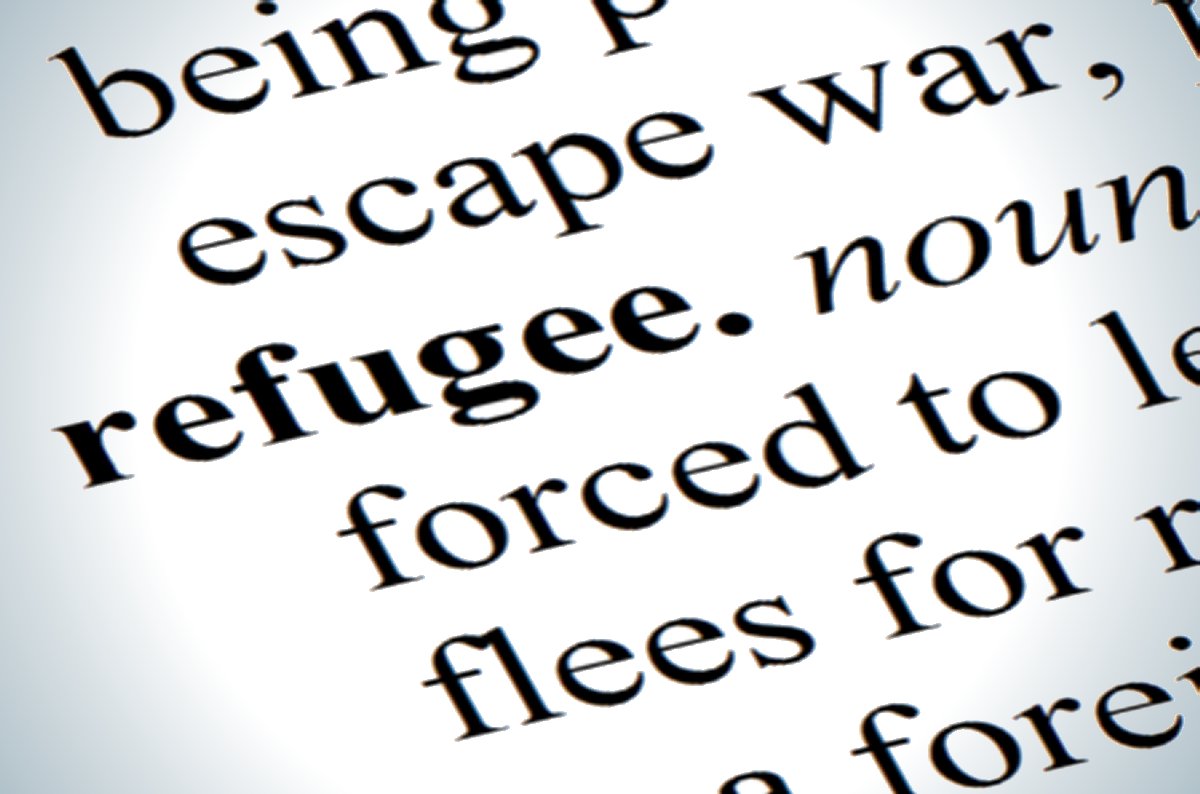First of all, many immigrants, especially refugees, do not flee to first world countries. They go to their home country's neighbors, which are often just as poor and undeveloped. Also, studies have shown that immigrants do not have a negative effect on the impact of the environment in the long term. They don't contribute much to the sprawl of cities and water/air pollution as many accuse them of, and they become active consumers and workers in the economy (Cangiano 4).
So if immigrants are not bad for the environment, then why the anti-immigration stance? In recent years, white supremacist groups have begun to realize that they can use "concern for the environment" as a front when they try to push their agendas. Some believe that neo-malthusians are not all as concerned with the environment as they claim. The term that's been recently used is the "greening of hate" to describe a growing conservative anti-immigration movement that utilizes environmental concerns to further their ideas (Hartmann).
Personally speaking, I am someone who cares about the environment. I am a vegetarian, I recycle, but even if immigrants were somehow bad for the environment, I don't think it should matter if they're fleeing from persecution. Why should Americans be able to look at a refugee and think "you can't come here because if you consume like me, it will be bad for the environment." America has only 5% of the world’s population, yet we consume about 20% of its resources (Hartmann).Why can't Americans change their own consuming habits if the environment is the priority?
Sources:
Hartmann, Betsy. "An Environmentalist Essay on the Greening of Hate." Climate and Capitalism. 2010.
http://climateandcapitalism.com/2010/08/31/the-greening-of-hate-an-environmentalists-essay.
Cangiano, Allesio. "Exploring ‘neo-Malthusian’ demographic rationales in migration policy-making."International Union for the Scientific Study of Population.
https://iussp.org/sites/default/files/event_call_for_papers/IUSSP%20-%20Exploring%20neo-Malthusian%20demographic%20rationales%20in%20migration%20policy-making%20-%20paper.pdf.

